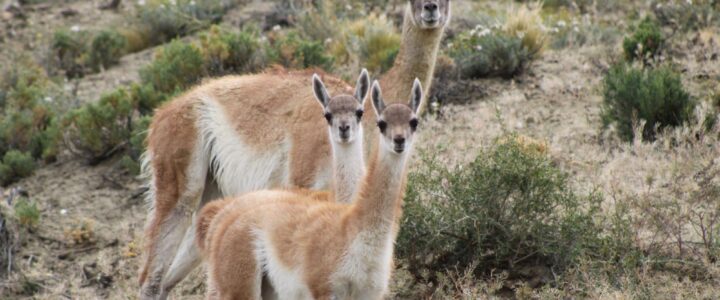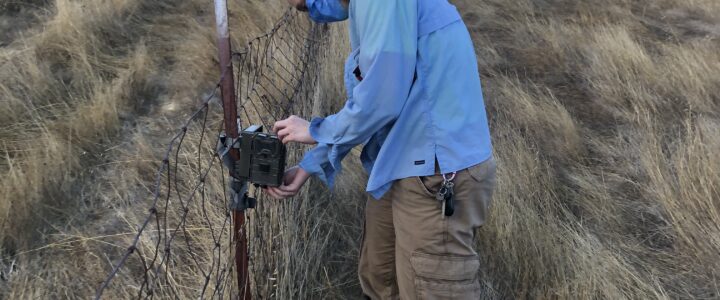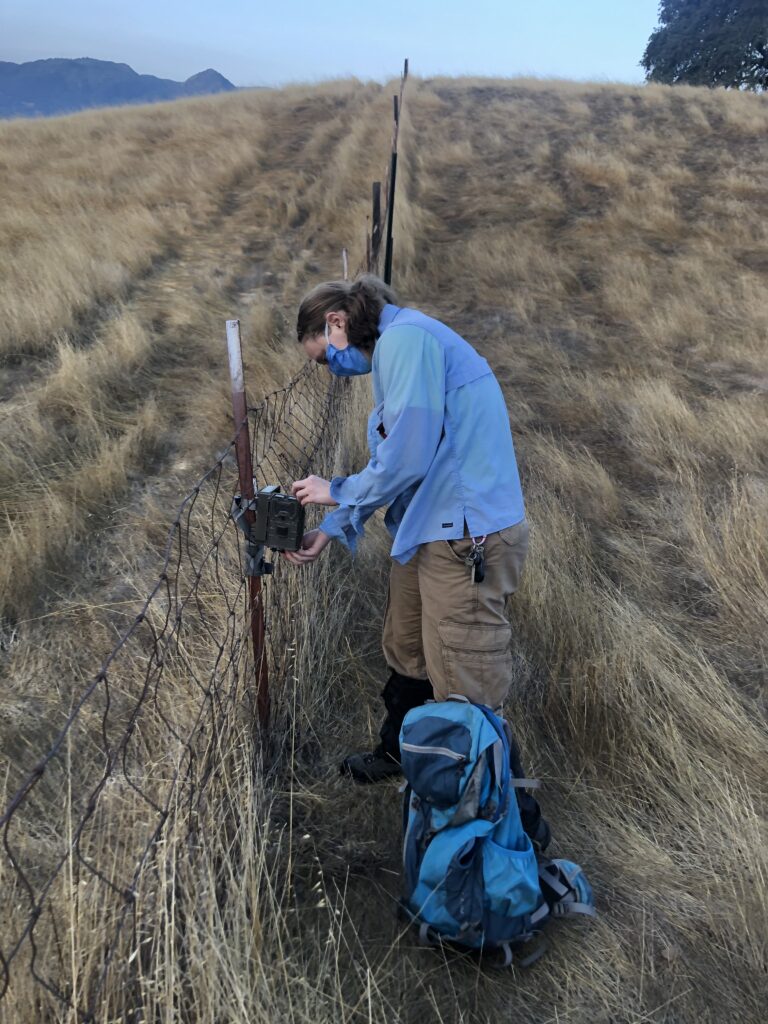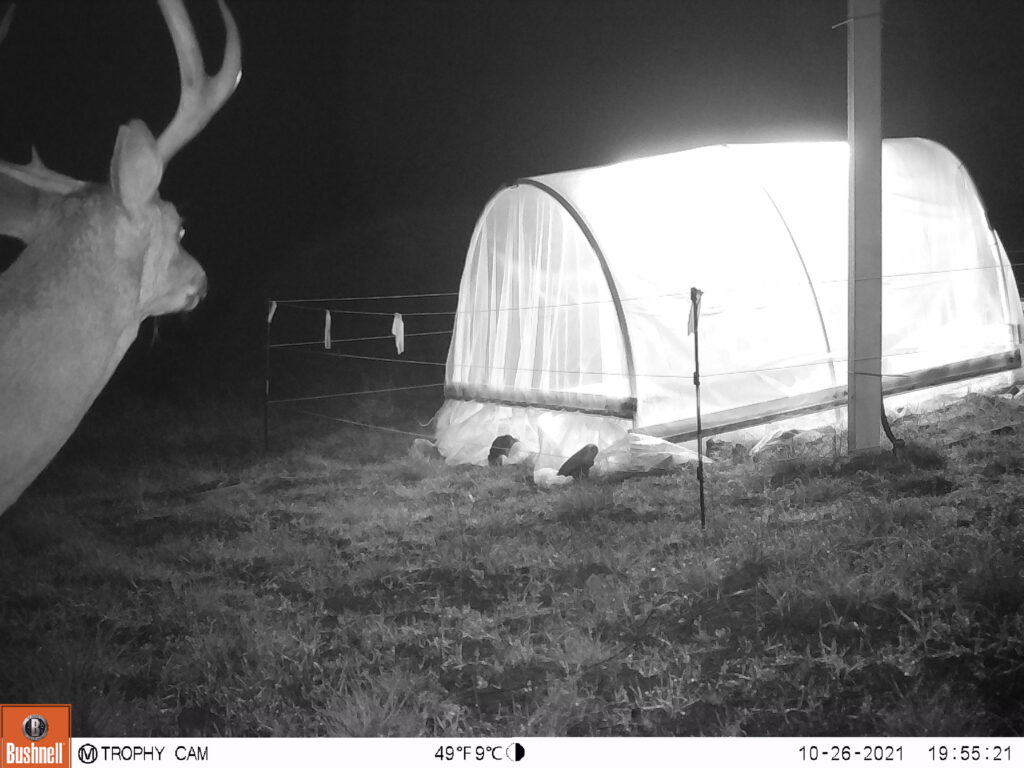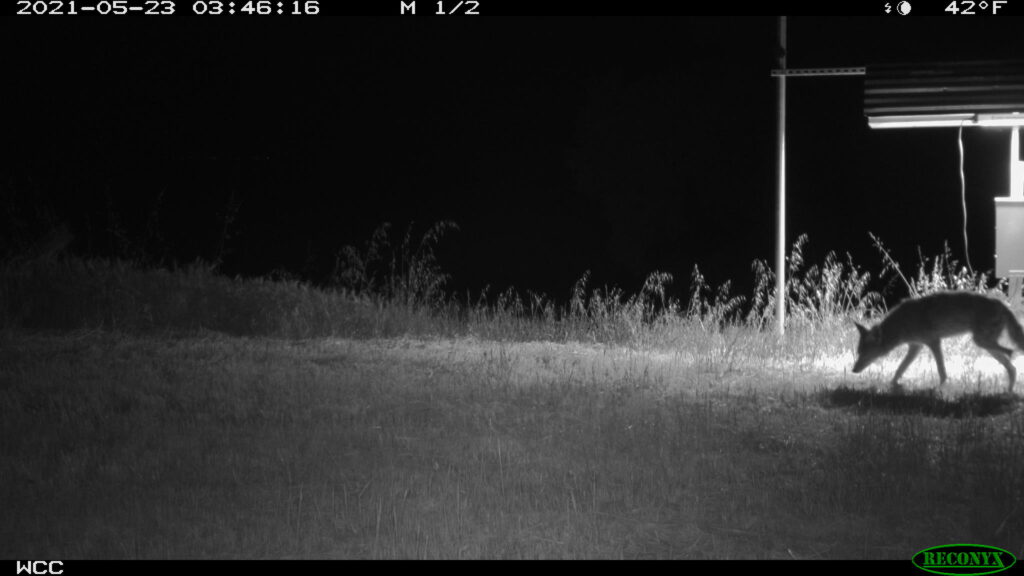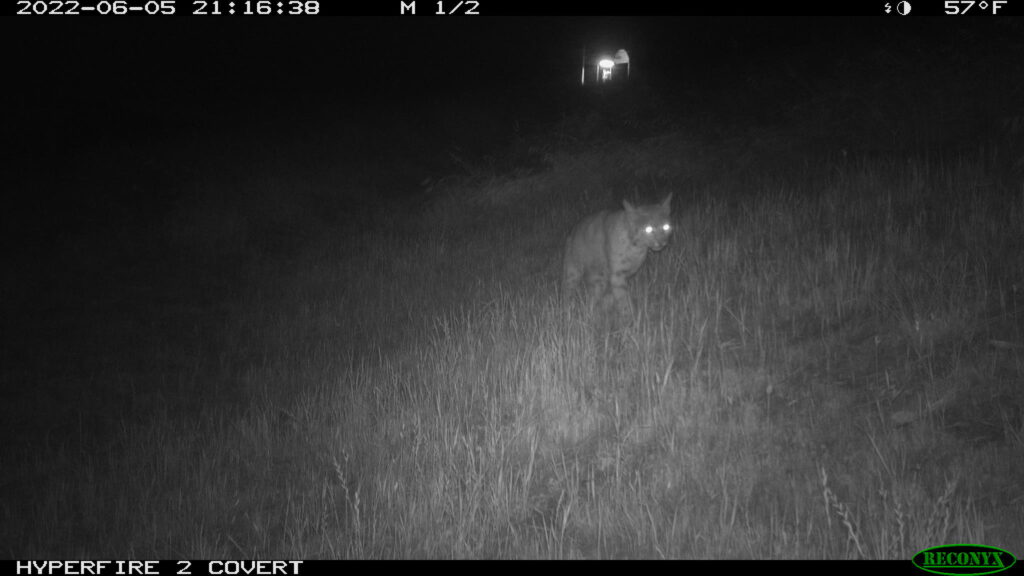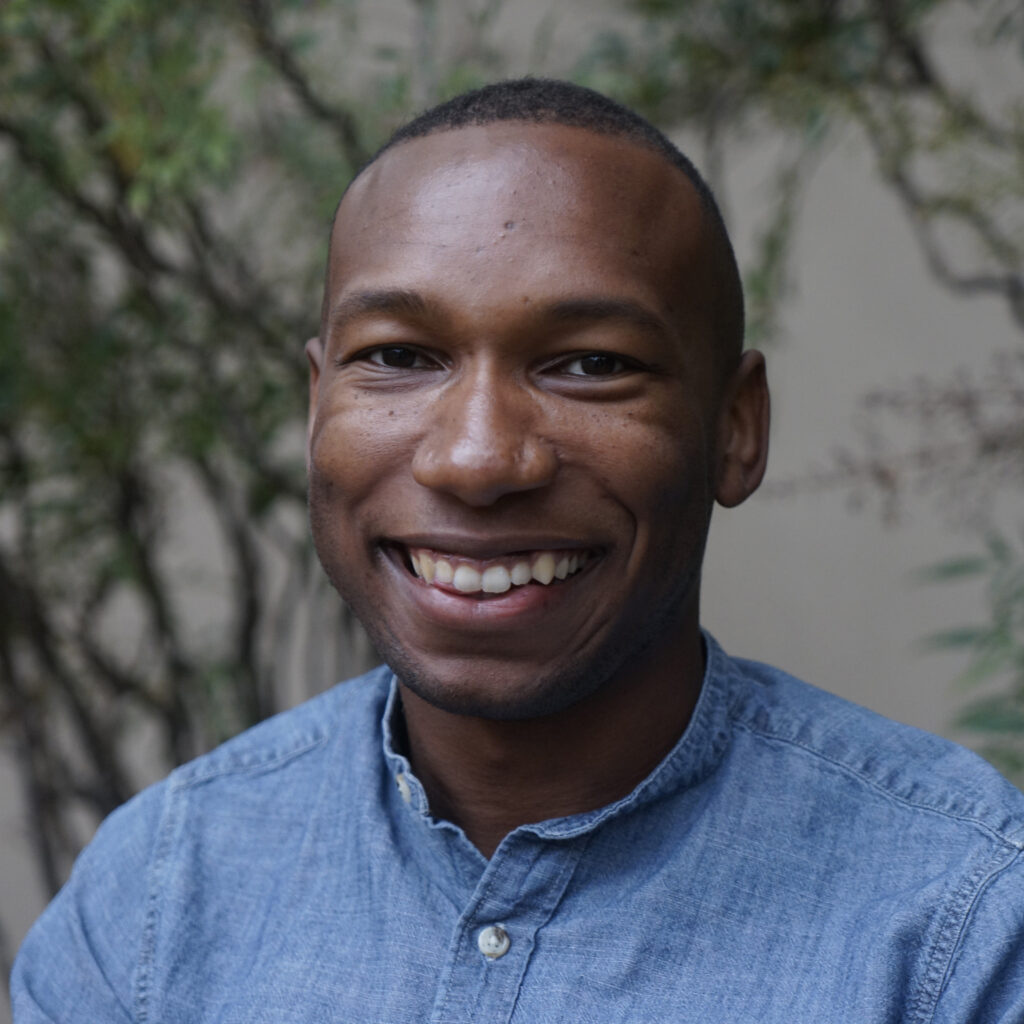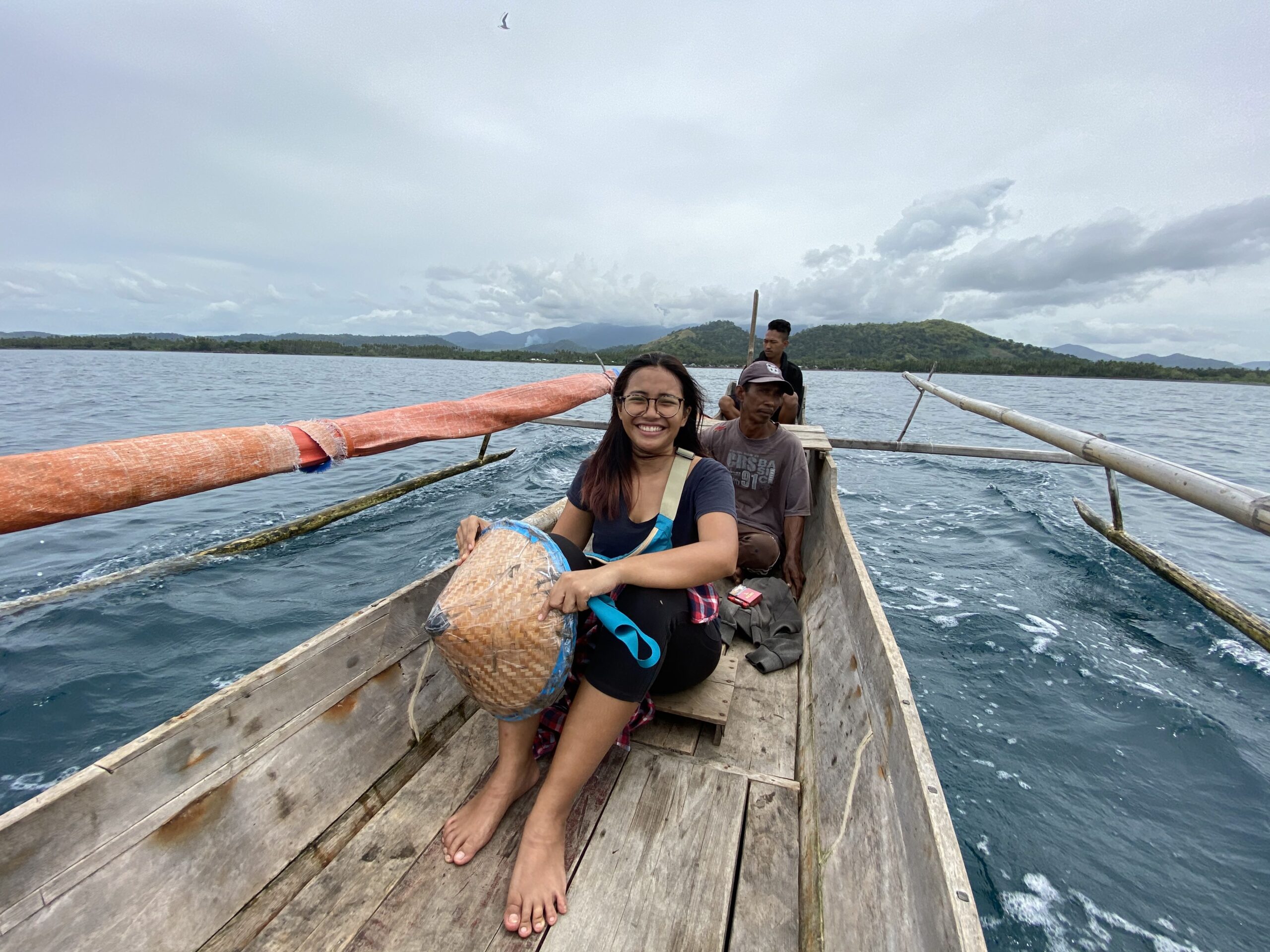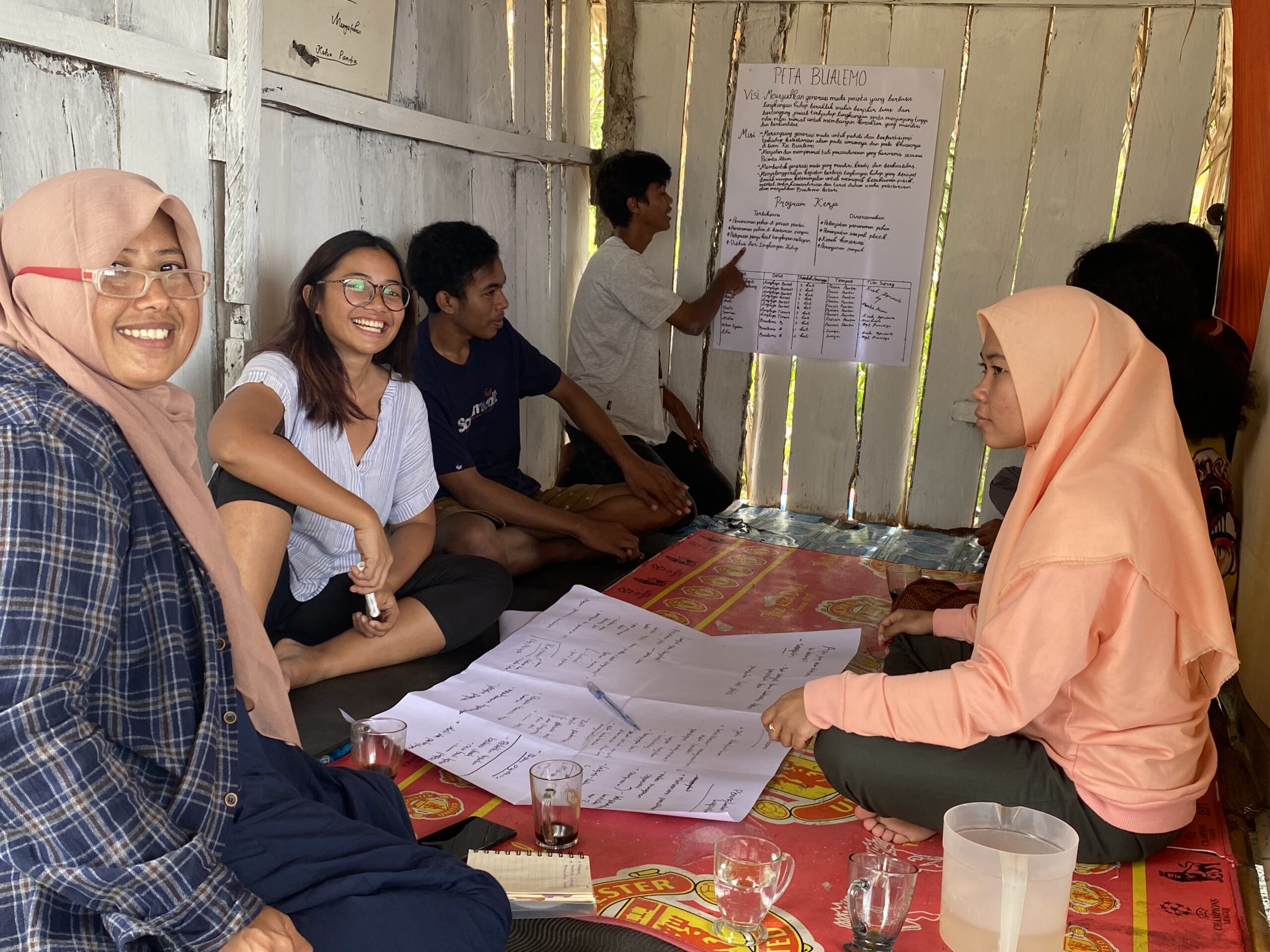
Over the fall, Brashares Lab member Mitchell Serota, went down to southern Patagonia for a field season. Mitch is particularly interested in understanding the socio-ecological drivers and outcomes of wildlife restoration. For part of his dissertation, he is working down in Patagonia to unravel the ecological impacts of recent conservation efforts in the region.
The Patagonian steppe was once inhabited by abundant populations of guanacos, rheas, and their predator, pumas. Following European colonization, the population of all three species declined as herbivores were replaced by sheep across the steppe and pumas were systematically removed to protect livestock. Interestingly, local eradications of mainland predators is hypothesized to have triggered the expansion of Magellanic penguin colonies across the Atlantic coast of Argentina. Today, the creation of protected areas and other conservation endeavors have led to local increases in the puma population and the subsequent discovery of a novel predator-prey dynamic between pumas and penguins.
While this novel interaction has generated numerous questions about the sustainability of the penguin population and its impact on pumas, the goal of this past field season was to investigate how the predation of penguins may have indirect effects on other prey species like guanacos and rheas.
At Monte León National Park, where the research was conducted, Mitch collaborated with Rewilding Argentina and Administracion de Parques Nacionales Argentina to track pumas using GPS collars. During a previous field season, Mitch and his collaborators found that pumas were spending a significant amount of time in and near the penguin colony. However, Magellanic penguins are migratory, so they wanted to understand how puma predation changes when the penguins are gone. Do pumas switch back to guanacos? How does puma predation of penguins impact predation risk for guanacos throughout the park? Does predation of penguins increase puma density, thereby increasing predation pressure on guanacos, or do pumas become satiated resulting in a decrease in predation pressure on guanacos? To answer this question, Mitch hiked hundreds of kilometers throughout the park looking in search of evidence of puma predation. In total, he found nearly 60 guanaco kills and pretty strong evidence suggesting that pumas switch to guanacos when penguins are gone.
Mitch is back in Berkeley now to analyze the data and write up the results. Stay tuned for future updates and articles from the research!


